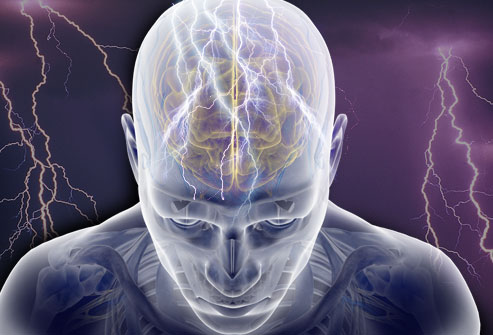This is an old revision of the document!
Epilepsy: Childhood Absence Epilepsy
Introduction
<style justify> Epilepsy is the fourth most common neurological disorder in people of all ages, and affects the central nervous system. This disorder is chronic, and entails recurrent, unprovoked seizures lacking visible cause (Mayo Clinic, 2013). These seizures are the most characteristic symptom of this disorder, and are due mainly to the disruption of nerve cell activity, ranging from mild to severe (Mayo Clinic, 2013). Epilepsy may also constitute a range of other health problems, and can affect the safety, social relationships, and treatment of afflicted individuals (Epilepsy Foundation, 2014). Diagnoses of epilepsy are based on medical and family history, descriptions of episodic seizures, as well as various diagnostic tests, such as electorencephalograms (EEGs). Epileptic seizures are readily controllable with medications, or various other treatment options (Epilepsy Ontario, 2016).
Childhood Absence Epilepsy (CAE), or petit mal epilepsy, typically occurs in otherwise normal, school-aged children, with peak onset occurring at 6-7 years old. It is observed more frequently in young girls. This disorder is characterized by frequent, daily absence seizures (Loiseau et al., 2002). Absences differ from regular epileptic seizures in that they are non-convulsive and typically accompanied by a brief loss of consciousness. Absence seizures can occur in epileptic children up to 200 times a day (Crunelli and Leresche, 2002). They are unassociated with visual and sensory stimuli, and are generally deemed as unprovoked. CAE typically tends to recede in adolescence for most affected individuals (Crunelli and Leresche, 2002). </style>
<br>
